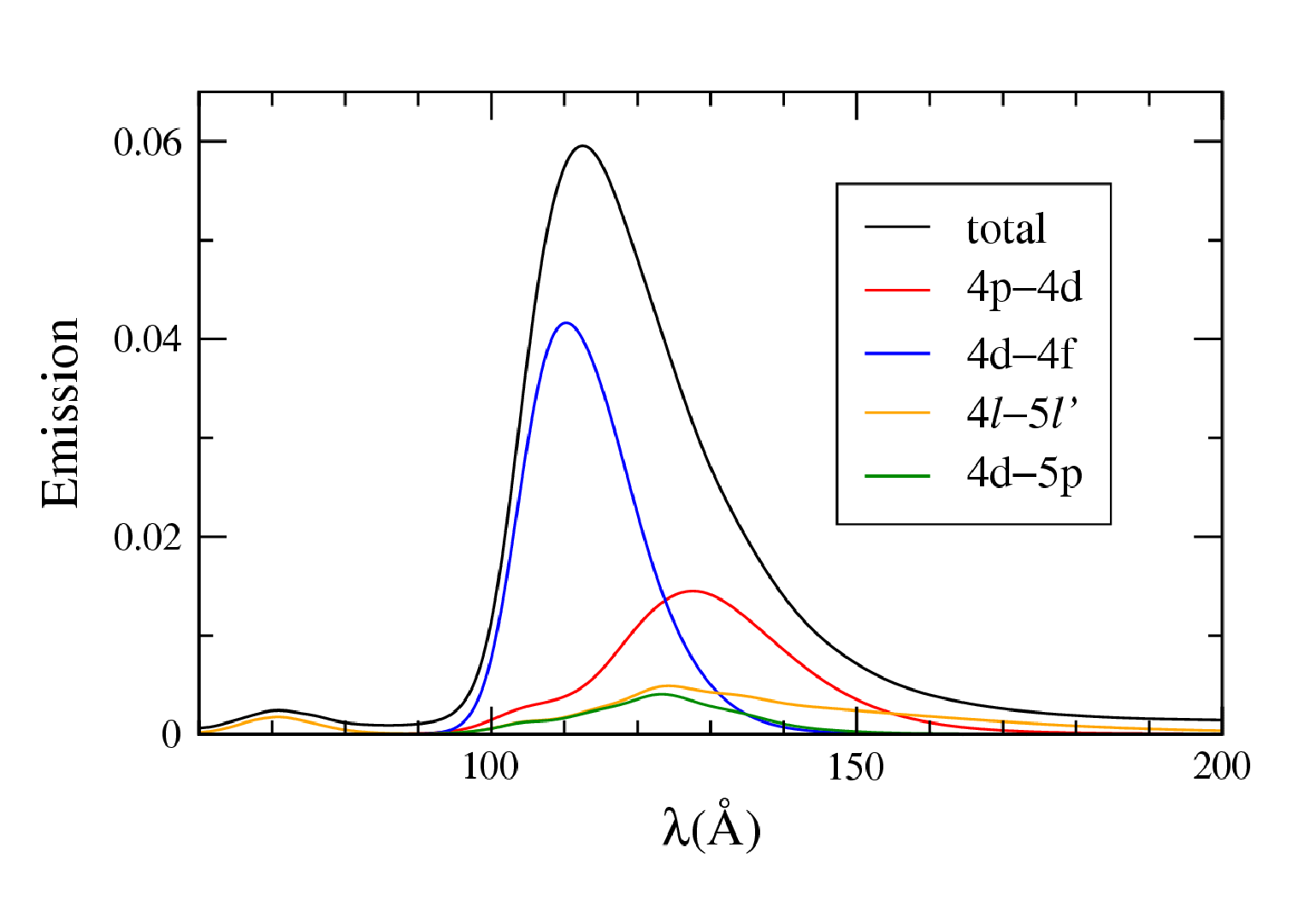
Figure 1. : Emission of a xenon plasma with density 0,01 g/cm3, temperature 30 eV and depth 500µm obtained from a superconfiguration code.
A first formalism especially efficient to describe such plasmas with thousands (or much more) populated levels and therefore thousands or millions of atomic lines is based on the theory of superconfigurations [4], of which a numerical implementation based on the local density theory has been proposed in our group [5]. This approach shows several useful features: thermodynamic (assuming LTE) is self-consistently included, one may consider a high number of atomic orbital simultaneously, continuum as well as pressure-induced are included; at last the code is robust and pretty fast. The superconfiguration code is here applied to the EUV emission of xenon at a temperature of 30 eV and a matter density of 10-2 g/cm3 (fig. 1). This temperature should be close to the optimum, because the maximum of Planck’s curve 3 kT then corresponds approximately to the photon energy 92 eV at l = 135 Å. The computation [6] exhibits a broad emission band from 100 to 150 Å where the contribution of 4d–4f, 4p–4d and 4d–5p transitions may be detected. It was also possible to check that at such density the contribution of bound-free and free-free transitions remains weak, below 10% of the total signal. These results allow us to determine the pertinent atomic physics but are in rough agreement with experiment. With respect to experimental data the maximum is shifted towards large wavelengths, the calculated emission band is significantly broader than the observed one and the presence of several peaks in the relevant range is not reproduced.
• Service des Photons Atomes et Molécules
• Groupe édifices nanométriques • Laboratoire Francis Perrin • Matière sous conditions extrêmes • Support et Lasers à Impulsions courtes / Support and short pulse lasers











